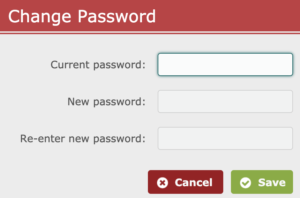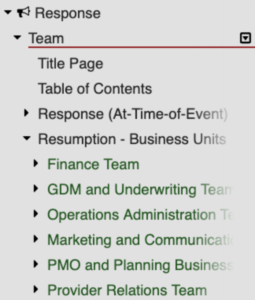Information Security infrastructure and SHIELD:
Sometimes company security systems can interfere with the secure communication between you, the end user, and the SHIELD servers. Before you start using SHIELD we recommend you check with your Information Security department to see if there is any web traffic monitoring software that might be decrypting/encrypting the secure traffic between your computer and the SHIELD server.
For optimal performance, we recommend using a bypass to allow SHIELD web traffic to travel uninterrupted between your desk and SHIELD. If your organization uses an email gateway to filter inbound email, it may just filter out your SHIELD password too! We recommend speaking with your IT department about white labeling kingsbridgebcp.com so that password emails and replies from our support team get through to you uninterrupted.







